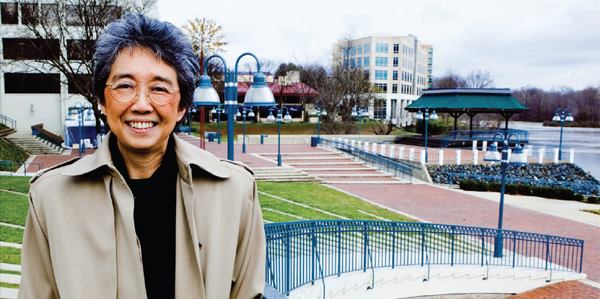Koo’s pitch to Harvey worked. Enterprise’s Gulf Coast Rebuilding Initiative will commit $200 million to help create more than 10,000 healthy, sustainable homes. As of December 2008, Enterprise had provided $3 million in grants, invested more than $12 million in loans, and offered nearly $80 million in equity to support the recovery and rebuilding work of its Gulf Coast partners.
Leadership role
As Koo was making her mark in Enterprise’s Western region, Harvey, the longtime CEO who had taken the reins from Rouse, was preparing to step down. At the time of his 2007 retirement, Enterprise was considered a formidable force in affordable housing.
Enterprise’s for-profit subsidiary, Enterprise Community Investment, led by outgoing president and CEO Jeffrey H. Donahue, has three main lines of business: syndicating LIHTCs and New Market tax credits; providing acquisition and pre-development loans; and managing 105,386 properties. In 2008, the company ranked No. 4 on Affordable Housing Finance’s Top 10 Multifamily Tax Syndicators list, with $576 million raised.
In many cases, Enterprise is able to find investors for buildings that house the forgotten—and often unwanted—members of society such as recovering addicts and the homeless. “As an investor, they’ve been out there on the leading edge of helping support projects that actually make sense but are not customarily looked upon as good investments,” says Mike Alvidrez, executive director of Skid Row Housing Trust, a Los Angeles-based group that develops permanent supportive housing.
Meanwhile, the company’s nonprofit side, known as Enterprise Community Partners, focuses on public policy, grants, development and consulting, and sharing best practices in putting together affordable deals. “They are innovators and knowledge disseminators,” says Don Falk, executive director of Tenderloin Neighborhood Development, an affordable developer in San Francisco that has worked with Enterprise on seven projects. “How will I know what’s happening across the country—what innovations are taking place and what’s happening in the field—without them?”
